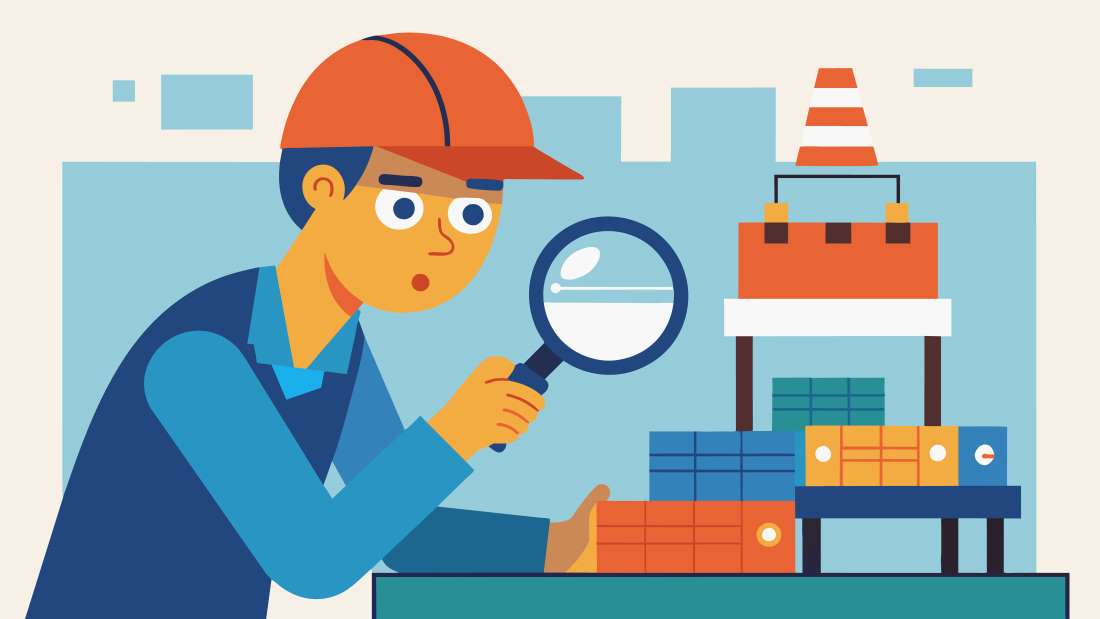
Although both inspections aim to protect the buyer, they differ in timing, purpose, and the level of detail involved.
This means snagging allows more time for corrections, while handover is confirmation of the final condition.
A snagging inspection is far more comprehensive. Professional inspectors use moisture meters, thermal cameras, and engineering tools to detect hidden issues. Handover inspections, while still detailed, focus mostly on verifying completion rather than uncovering new construction flaws.
In a snagging inspection, the buyer has more negotiating power because the property is not yet officially handed over. Developers are usually cooperative during this stage to ensure a smooth handover.
In a handover inspection, most major decisions are already made, so fixing larger issues can take more time or involve disputes.
Many property buyers wonder whether a snagging inspection alone is enough or if they should also request a handover inspection. The best answer depends on your purchase situation:
You need both a snagging inspection and a handover inspection.
The snagging inspection protects you from receiving a defective property, while the handover inspection ensures all issues were fixed to your satisfaction.
A snagging inspection is not always relevant, but what you absolutely need is a secondary market inspection. This inspection evaluates the real condition of the property before making a purchase. It helps you assess whether the unit has hidden issues from previous occupancy—something a handover inspection cannot cover.
You will benefit from a renovation inspection, which ensures the contractor has completed work according to the agreed specifications. This is particularly important after villa upgrades, kitchen remodeling, and expansion work.
A move out inspection ensures that you return the property in perfect condition and protects your security deposit. This is crucial for tenants because landlords often charge for damages that could have been avoided or documented earlier.
A move in inspection verifies that your property is clean, safe, functional, and free from previous tenant damage. It protects you from paying for issues you did not cause.
So Which Inspection Is the Best Choice?
In short, every inspection plays its own role. Instead of choosing one over the other, select the one that matches your property’s stage and your immediate needs.
Dubai’s real estate sector is booming, which means developers often work at high speed to deliver properties on time. While this growth is good for buyers, it also increases the chances of rushed construction, workmanship defects, and overlooked finishing issues.
A well-conducted snagging or handover inspection helps you:
Skipping an inspection may lead to discovering hidden issues after moving in—when you have little leverage over the developer.
No, but it is highly recommended. Most property owners who skip snagging later discover defects that cost much more to repair on their own.
You can, but unless you have technical knowledge, you may miss hidden issues. Professional inspectors use specialized tools to detect HVAC, electrical, moisture, insulation, and plumbing problems.
The developer reviews the report, assigns technicians, and schedules repairs. They usually request a re-inspection to verify that all issues are fixed.
Depending on the property size, it may take 1–4 hours. Villas may require even more time due to outdoor areas, pools, and landscaping.
These can still be reported. The developer is obligated to address handover-level defects even if they were not part of the initial snagging report.
Absolutely. Pre-owned properties often have hidden plumbing, AC, electrical, and structural issues caused by age or previous occupancy.
Yes. They protect you from unfair deductions and disputes with the landlord. They document the property’s condition before and after your stay.
Choosing between a snagging and handover inspection isn’t about selecting one over the other it’s about understanding which inspection matches your property’s stage. A snagging inspection gives you leverage before accepting the unit, while a handover inspection ensures that everything is corrected and ready for occupancy. And for secondary market buyers, renters, and renovators, inspections like secondary market inspection, move out inspection, move in inspection, and renovation inspection play their own vital roles.